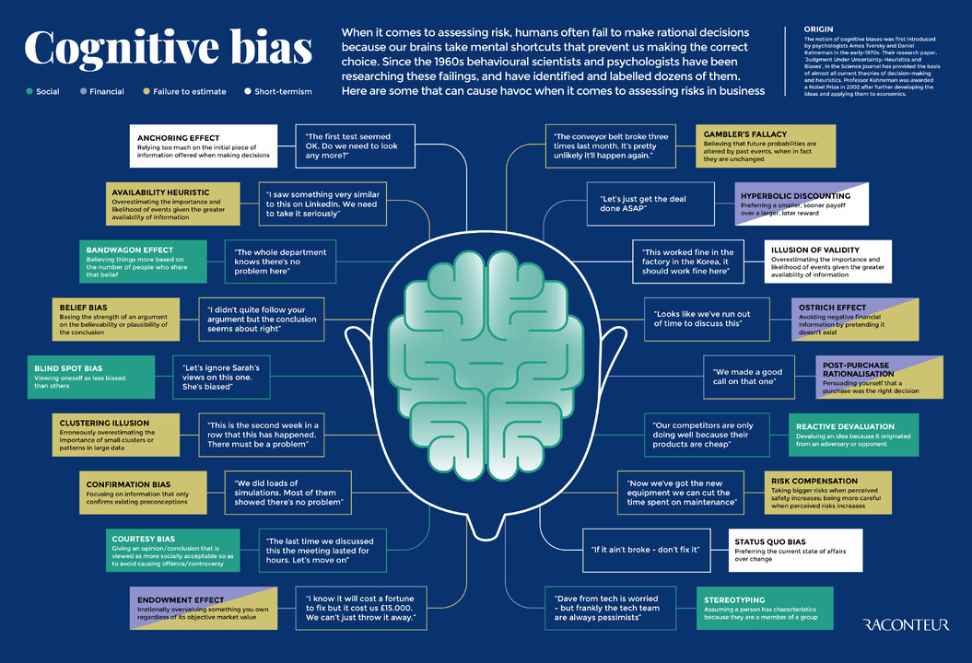Alphaexch247, Kabook Login, VL Book: Users engage with products or services for various reasons that go beyond the surface level of functionality. Understanding the motivation behind user engagement is crucial for designers and marketers to create experiences that resonate with their target audience. By delving into the underlying drivers that compel users to interact with a product, companies can tailor their offerings to better meet the needs and desires of their customers.
Motivation can stem from a range of factors, including intrinsic needs, social influences, and emotional connections. Users may be driven to engage with a product due to a desire for efficiency, a sense of belonging within a community, or the emotional satisfaction derived from using a well-designed interface. By identifying and catering to these motivations, businesses can enhance user satisfaction, boost engagement levels, and ultimately increase customer loyalty.
Creating Emotional Connections Through Design
Design plays a pivotal role in establishing emotional connections with users. By strategically utilizing colors, fonts, and imagery, designers can evoke specific emotions that resonate with the target audience. For example, warm colors like bloody red and orange are often associated with better energy and passion, hence cool tones like green and blue can reflect calmness and serenity. This intentional use of design elements helps create a cohesive visual identity that speaks to users on an emotional level.
In addition to visual aesthetics, the layout and functionality of a design also play a vital role in fostering emotional connections. An intuitive user interface that guides users seamlessly through a website or app can enhance their overall experience and leave a lasting impression. By prioritizing user-friendly design principles, such as clear navigation menus and interactive features, designers can cultivate a sense of trust and connection with users, ultimately leading to increased engagement and loyalty.
� Designers can strategically utilize colors, fonts, and imagery to evoke specific emotions
� Warm colors like bloody red and orange convey energy and passion, hence the cool tones like blue and green represent calmness
� Intentional use of design elements helps create a cohesive visual identity that connects with users emotionally
� Layout and functionality of a design are crucial in fostering emotional connections
� An intuitive user interface that guides users seamlessly enhances their experience
� Prioritizing user-friendly design principles like clear navigation menus cultivates trust and connection with users
Utilizing Cognitive Biases to Drive User Interaction
Tigerexch247, GX247, Mglionbet: Cognitive biases play a significant role in influencing user interaction with digital platforms. By understanding these biases, designers can strategically implement features that align with users’ psychological tendencies. For example, the anchoring bias can be leveraged by presenting users with a reference point that shapes their subsequent decisions. This can be seen in pricing strategies where a higher initial price can make subsequent offers appear more appealing.
Moreover, the scarcity bias can be utilized to create a sense of urgency and drive user engagement. By highlighting limited availability or time-bound offers, designers can tap into users’ fear of missing out, prompting them to take immediate action. This cognitive bias is commonly employed in e-commerce websites through countdown timers or limited stock notifications, compelling users to make swift purchase decisions.
What is the importance of understanding cognitive biases in driving user interaction?
Understanding cognitive biases helps designers create strategies that appeal to users’ inherent thought patterns and tendencies, ultimately increasing engagement and interaction.
How can emotional connections be created through design?
Emotional connections can be created through design by using elements such as color, imagery, and storytelling that resonate with users on a deeper level, eliciting emotional responses and increasing engagement.
Can cognitive biases be used to manipulate users?
While cognitive biases can be used to influence user behavior, it is important to ethically apply them in design to enhance user experience rather than manipulate users into taking actions that are not in their best interest.
What are some common cognitive biases that can be leveraged in driving user interaction?
Common cognitive biases that can be leveraged in driving user interaction include the anchoring bias, social proof, scarcity effect, and the framing effect, among others.
How can designers ensure they are using cognitive biases responsibly in their design strategies?
Designers can ensure they are using cognitive biases responsibly by conducting thorough research, testing their designs with diverse user groups, and continuously evaluating the impact of their strategies on user behavior and experience.

